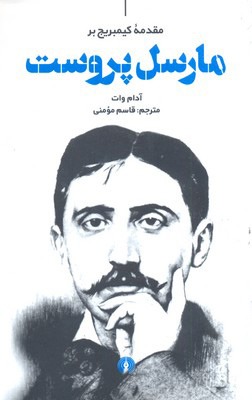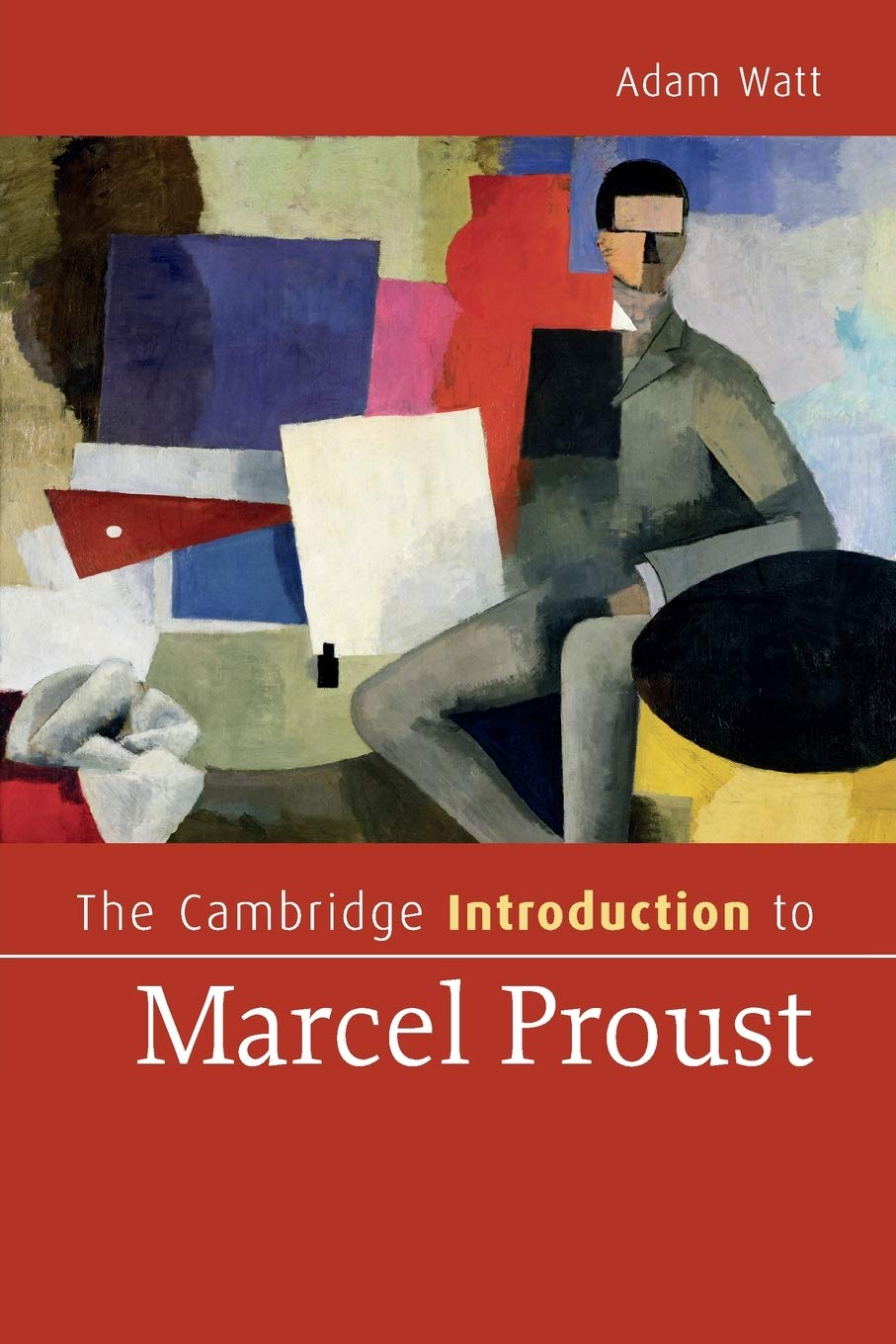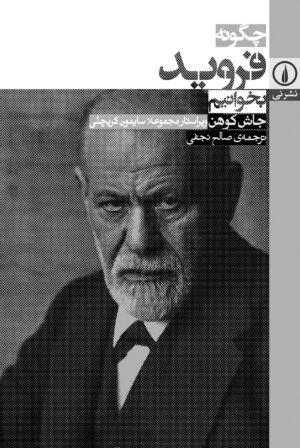Structure:
The book is organized into several chapters that cover different aspects of Proust’s life, his major work, thematic concerns, literary techniques, and the critical reception of his writings.
Key Features:
- Biography: An in-depth look at Marcel Proust’s life, including his upbringing in a wealthy Parisian family, his education, his social circles, and his struggle with illness.
- Major Work: Detailed analysis of Proust’s monumental work “In Search of Lost Time,” discussing its structure, characters, themes, and stylistic innovations.
- Themes and Motifs: Examination of recurring themes in Proust’s work, such as memory, time, art, love, and society.
- Narrative Techniques: Discussion of Proust’s narrative methods, including his use of introspection, detailed descriptions, and his unique approach to time and memory.
- Context and Influence: Placement of Proust’s work within the broader context of French literature and modernism, highlighting his influences and his impact on subsequent writers.
- Critical Reception: Overview of the reception of Proust’s work from its publication to the present day, including major critical interpretations and debates.
- Further Reading: Suggestions for further reading and resources for those interested in exploring Proust’s life and work in more depth.
Sample Chapters:
- Introduction to Marcel Proust’s Life and Work:
- Overview of Proust’s early life, his family background, and his initial forays into writing.
- Discussion of his relationships, his health issues, and how these influenced his literary output.
- “In Search of Lost Time”: An Overview:
- Introduction to Proust’s seven-volume masterpiece, its narrative structure, and its major characters.
- Examination of the novel’s central themes and its exploration of time and memory.
- Key Themes in Proust’s Work:
- Exploration of major themes such as involuntary memory, the nature of art, the social world of the French aristocracy, and the experience of love and desire.
- Proust’s Narrative Techniques:
- Analysis of Proust’s use of detailed description, his narrative pace, and his method of character development.
- Discussion of the significance of time and memory in Proust’s narrative technique.
- Contextualizing Proust:
- Placement of Proust within the literary and cultural context of his time, including his interactions with contemporary writers and artists.
- Discussion of Proust’s influence on modernist literature and his legacy in literary history.
- Critical Reception and Interpretation:
- Overview of how Proust’s work has been received by critics and scholars over the years.
- Examination of different critical approaches to Proust’s work, from early reviews to contemporary scholarly interpretations.
- Legacy and Influence:
- Discussion of Proust’s influence on later writers and his enduring legacy in the literary world.
- Exploration of how “In Search of Lost Time” continues to be a source of inspiration and analysis.
Themes:
- Memory and Time: Proust’s exploration of the nature of memory and the passage of time, particularly through the concept of involuntary memory.
- Art and Aesthetics: The role of art in capturing and preserving experience, and the relationship between life and art.
- Social Commentary: Examination of the French aristocracy and bourgeoisie, social mobility, and the impact of societal changes.
- Love and Desire: The complexities of love, jealousy, and desire, and how these emotions shape personal relationships.
Significance:
“The Cambridge Introduction to Marcel Proust” serves as an essential resource for understanding the complexities of Proust’s life and work. Adam Watt provides clear and insightful analysis that helps readers appreciate the depth and intricacies of “In Search of Lost Time” and Proust’s contribution to literature.
Reception:
The book has been praised for its clarity, depth, and comprehensive approach. It is widely used in academic settings as an introductory text for courses on French literature and Proust. Readers appreciate the balance of biographical detail, literary analysis, and contextual information, making it a valuable guide for both new and experienced readers of Proust’s work.






Reviews
There are no reviews yet.